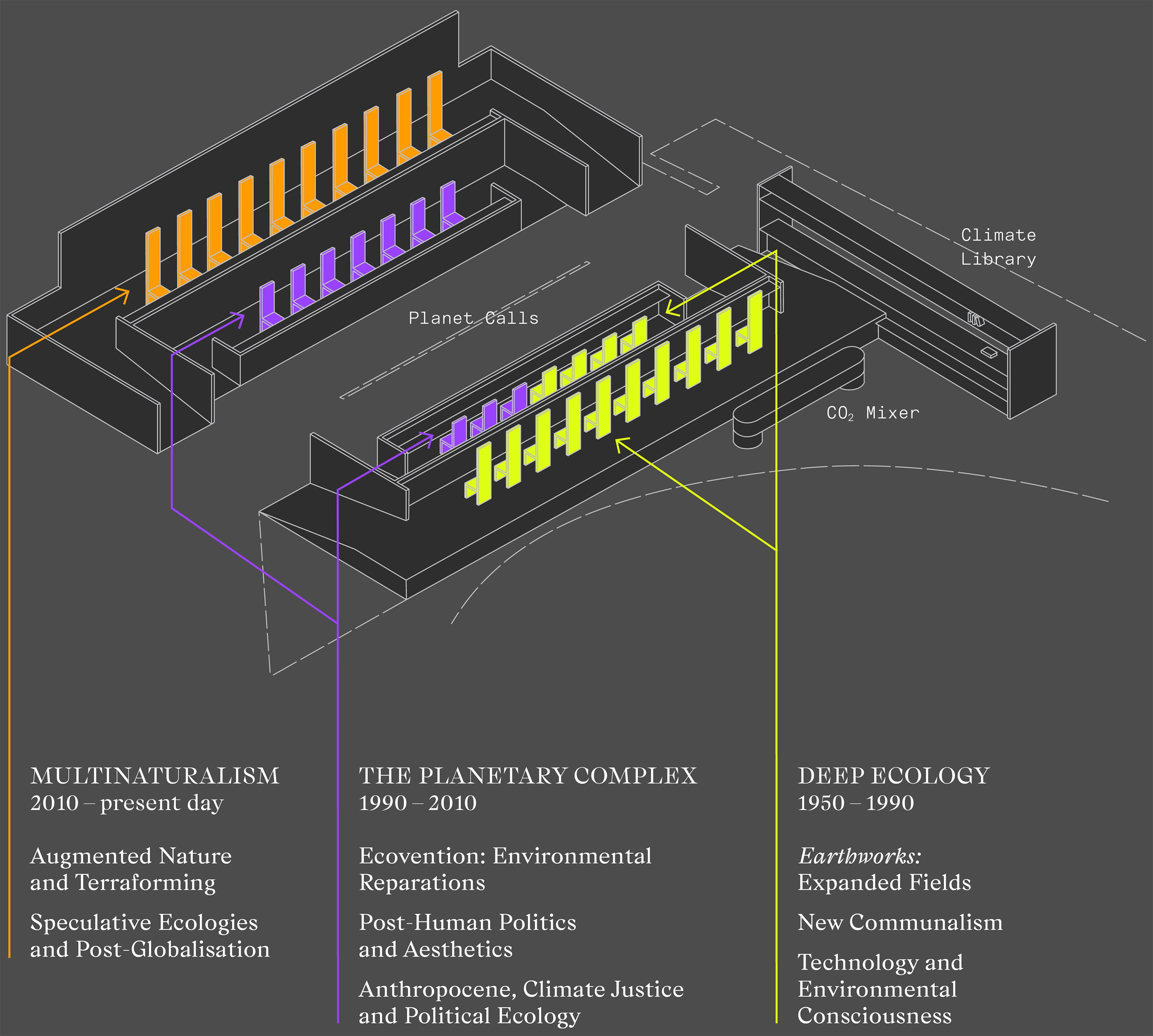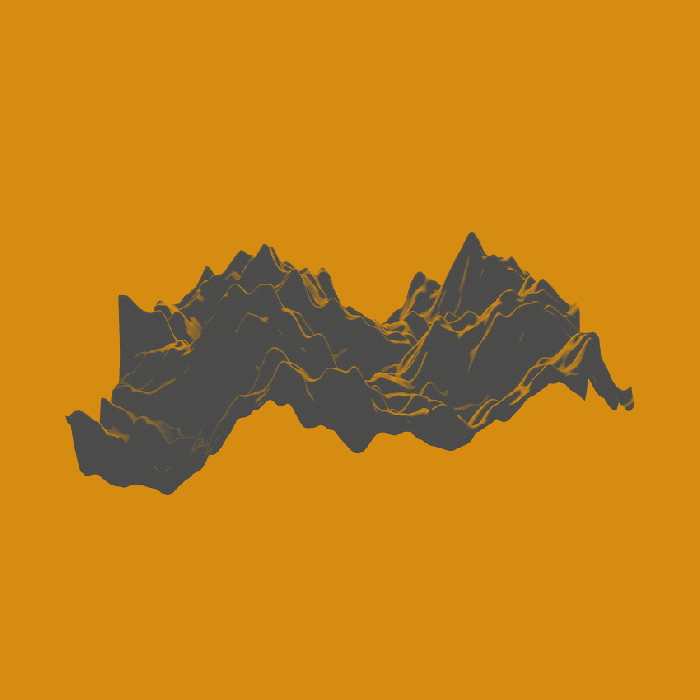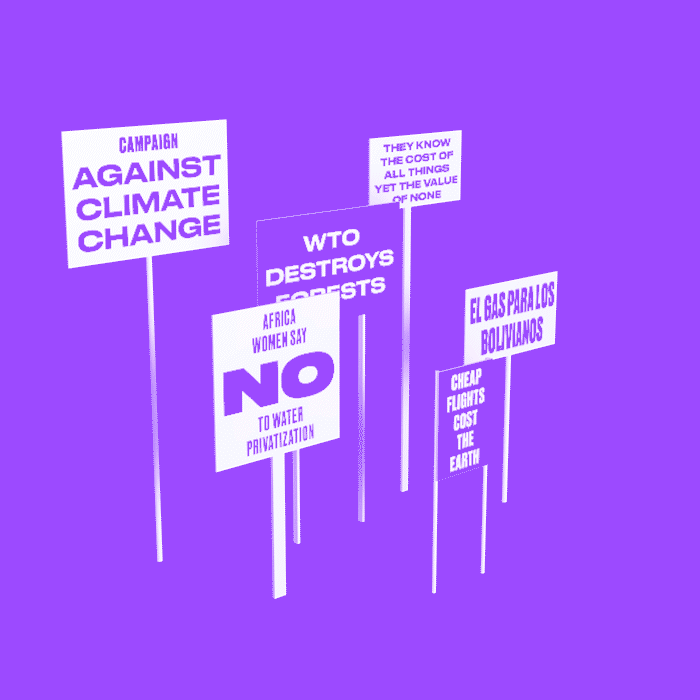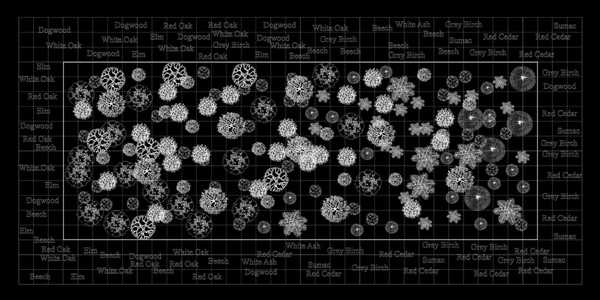
The exhibition design is a conference space in which we (humans) are birds discussing a new ordering between nature and man and between science and democracy, while redefining the idea of progress.
Carla Juaçaba
VISUAL NATURES
The Politics and Culture of Environmentalism in the 20th and 21st Centuries
Beatrice Leanza
This research project is product of critical investigations around climate science, creative practices and eco-politics developed at the museum over more than two years and therefore continues the journey started in 2021 with the data-driven installation Earth Bits – Sensing the Planetary and the public programme Climate Emergency > Emergence, curated by the first maat Climate Collective.
Visual Natures surveys political, social and cultural forms of collective agency that, over the course of the last one hundred years or so, demonstrate how the transforming human understanding of “nature” – philosophical, biological, economic – informs the ways in which we organise, sustain and govern our communities as an expanding planetary construct, both in concept and practice.
Loosely following a chronological order from the 1950s until today, the resulting mapping cross-references four subjects of analysis: artistic production and cultural events, technological innovations and scientific findings, social movements, and deliberations of global governance.
The presentation defies the challenge of its encyclopaedic character by way of a thematic organisation along three main concatenated clusters – DEEP ECOLOGY 1950 – 1990, PLANETARY COMPLEX 1990 – 2010, MULTINATURALISM 2010 – present day – each converging around expanding meanings of “ecology” and environmentalism that from the 1960s onwards have grown central in international public and cultural debates as phenomena of global growth, natural resource scarcity and pollution became provenly intertwined.
Deliberately appropriating an expression by architect and artist Paulo Tavares (member of the maat Climate Collective 2021), “visual natures” points towards a post-anthropocentric, non-hegemonic politics and aesthetics of environmentalism to emerge as a democratic and egalitarian paradigm of coexistence within nature that transcends human-centred worldviews and refuses the ecological and social violence of extractivism.
Commissioned to the Brazilian architect Carla Juaçaba, the spatial design in which the research is presented takes inspiration from The Conference of the Birds, a Sufi parable written in the 12th century by the Persian poet Farid al-Din ‘Attar – a moral allegory of sovereignty and truth-seeking through shared sacrifice. Environmental discourse seizes the fate of economies and entire populations, and while we remain far from shared consensus on coordinated climate action, it increasingly motivates collaborative commitment from various scientific and technological fields, inspires educational curricula and youth demonstrations, and animates artistic debate and intellectual activism across a generational expanse and disciplinary fluidity of engrossing development.
Visual Natures aims to shed light on the facts and phenomena that lead us here. To disentangle the precursory designs of our present, to learn where we come from and where we can be headed.
Today, in artistic practice, we should create a kind of field called Visual Natures … instead of visual cultures, in the sense that we need to challenge the imposition of this hegemonic vision of what is a landscape, what is nature, and really open up to different possibilities of understanding and engaging with the world.
Paulo Tavares
|
Visual Natures (maat, 30/03 – 05/09/2022) is the product of more than two years of critical investigations around climate science, creative practices and eco-politics. A continuation of the data-driven installation Earth Bits – Sensing the Planetary and the public programme Climate Emergency > Emergence, both conceived and ignited by Beatrice Leanza during her directorship of the museum, the project surveys political, social and cultural forms of collective agency from the 1950s onwards that demonstrate how our understanding of “nature” informs the ways in which we organise, sustain and govern our communities as an expanding planetary construct, in concept and in practice.
|
On maat ext., the series #groundworks introduce the critical explorations that feed into the complex interconnectivity between the environmental and energetic quests and its reverberation through decades of artistic creation and cultural dynamics, traced from the 1950s until today, and continues these investigations through collaborations with artists, curators, archivists, researchers and activists on their work and the meanings of ecology, environmentalism and societal responsibilities in the face of climate change.
|
|
Explorations is a programme framework (maat, 2020–2022) featuring a series of exhibitions, public and educational projects delving into the multi-faceted subject of environmental transformation from various scholarly and experimental vantage points – it brings philosophical and political perspectives forward, as well as sociocultural and technological investigations interwoven in speculative and critical practices in the arts and design at large. Central to this discursive and critical effort was the establishment of the maat Climate Collective in 2021, chaired by T. J. Demos, and geared toward assembling diverse cultural practitioners working at the intersection of experimental arts and political ecology.
|
Images: [outside] Illustration by Lisa H. Moura, inspired by “Time Landscape” (1965–1978–present) by Alan Sonfist. [inside] Illustration by Lisa H. Moura, based on the installation design concept fo "Visual Natures" by Carla Juaçaba. |










